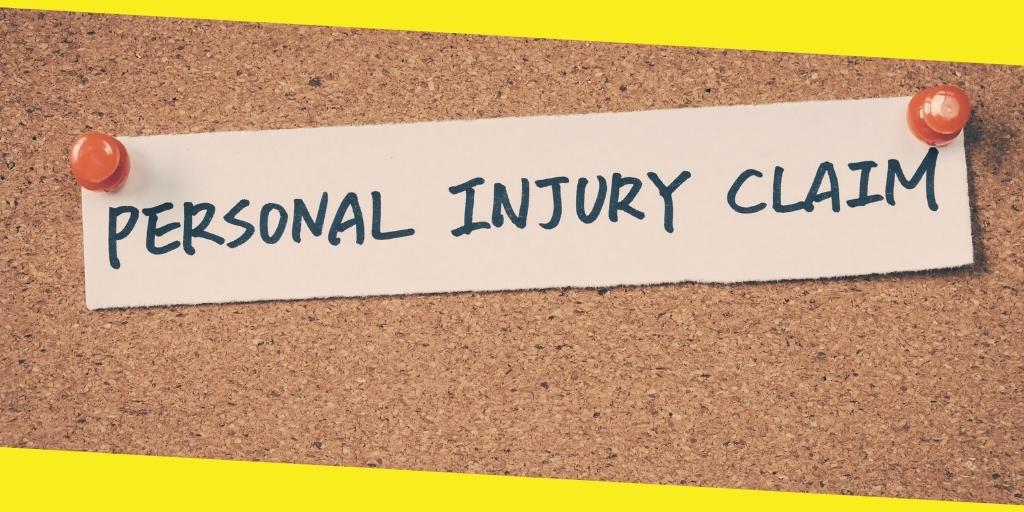What You Need to Know About the Personal Injury Claim Process
This post was last updated on May 4th, 2022

A personal injury claim process is much different from filing a lawsuit against an automobile company. In this case, both parties know how much they are entitled to. The plaintiff knows the amount they want to settle for, while the insurance company will know how much they’re willing to pay. Both parties will exchange information during this time through offers and counter-offers. In some cases, a plaintiff may even be required to give a deposition, the testimony given under oath. The deposition is recorded to be used in the trial.
Contents
ToggleOnce you’ve filed your injury claim, it’s time to contact a lawyer.
Many law firms offer a free initial consultation, and you should take advantage of this opportunity to get your questions answered. Your injury lawyer will be there for you through every step of the process. Once they have received all of your information and have a clear understanding of your case, they’ll be able to help you with the rest of the process.
During this process, meet with a personal injury attorney.
The most crucial step is to meet with a personal injury attorney from jamesonlaw.com.au/personal-injury/. You’ll need to determine how much money you’re entitled to. The process of suing can be stressful, so you’ll need to be prepared. You don’t have to face the process alone. A personal injury attorney from a law firm like The Cochran Firm can help you through the claims process and fight for the reparations you deserve. Here you can learn more about Christensen Law.
The first step in the process is filing a lawsuit.
The first step in the process is filing a lawsuit. You’ll need to write a complaint in which you detail your injuries and ask for compensation. Your case is filed in the county where the accident occurred and served on the defendant. After filing the complaint, the defendant has 30 days to respond to your complaint. It is called the “Answer.” This document is where the defendant admits the allegations in the complaint.
The plaintiff will have to show that the defendant was negligent during the trial, and the court will be liable for those losses.
After filing your injury claim, the defendant will be legally required to pay for the damages you suffered. The lawsuit is a significant part of the process, and you must know what is happening in the case, and it is where the case will go. The lawyer will present the case to the defendant and explain the damages and losses you suffered.
If the judge finds the plaintiff at fault, the jury will decide the appeal. If the case goes to trial, it will take a few months or even a year.
Once you have a personal injury claim, you can file a lawsuit against the party you believe is liable for the damages. You can also file an appeal if you disagree with the verdict. The defendant will have to pay the damages determined at trial. If the judge finds the plaintiff at fault, the jury will decide the appeal. If the case goes to trial, it will take a few months or even a year.
A personal injury claim is filed when someone suffers an accident.
The lawsuit is a formal legal document wherein the defendant is legally liable for any losses. If the defendant fails to pay the damages, they will have to pay for them. However, a successful claim process requires a lawyer to be thorough and meticulous in all aspects of the lawsuit. The winning party will be compensated according to the law if the trial is successful.
The first step is to file a claim. A claim is made in a court of law. The court will decide whether to accept the plaintiff’s compensation, the only way to win the case. If the plaintiff doesn’t, the plaintiff may choose to file a lawsuit against the defendant. After a lawsuit is filed, the defendant must respond within thirty days. In this letter, the plaintiff must explain how much they expect to recover, including the costs of medical care, the lost income, and any pain and suffering.
Recommended For You
8 Signs of A Reputable DWI Lawyer In Watertown
Most Inside
Most Inside offers high-quality recommendations and valuable updates to enhance all aspects of your life, providing premium guidance and enriching experiences.




